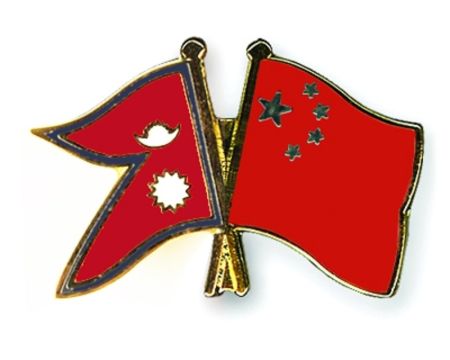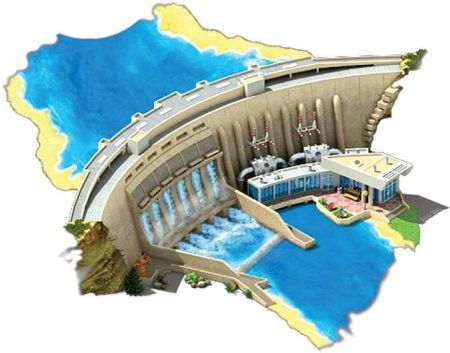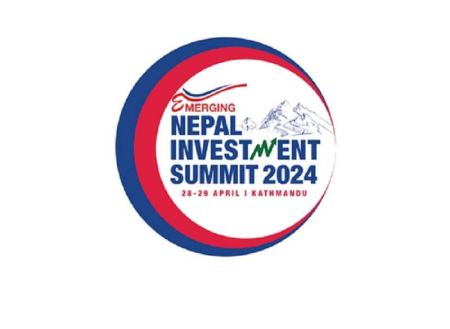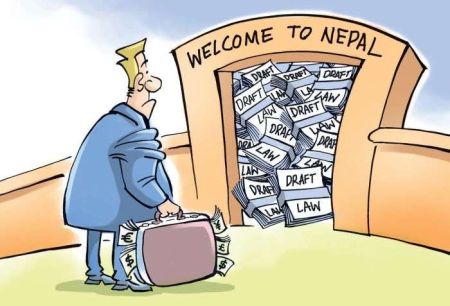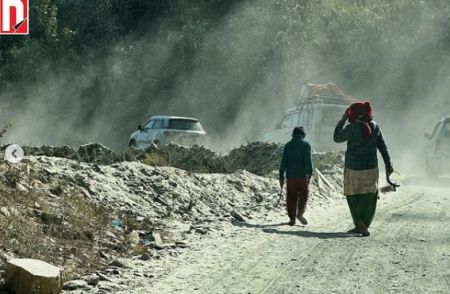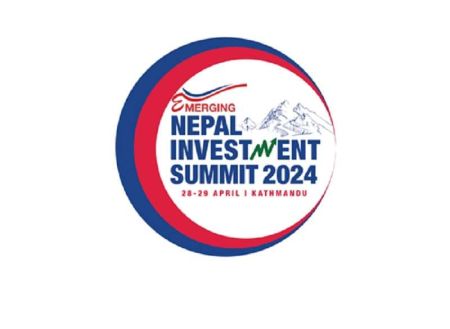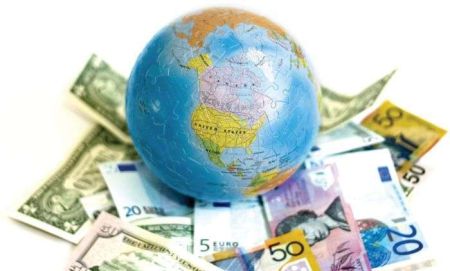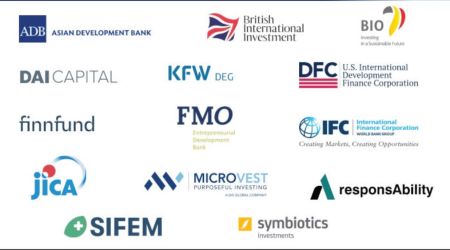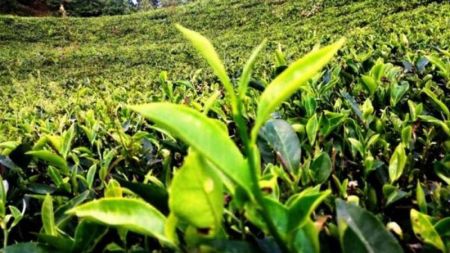
Prof Sridhar K Khatri
Executive Director
South Asia Centre for Policy Studies (SACEPS)
The Promises of SAFTA are Much Better
How do you look at the volume of regional trade in the South Asia?
Intra-regional trade between South Asia is very limited at this point of time. Despite the fact that SAARC has been in existence for the last 26 years, regional trade has not increased much. When SAARC started, it was around three to four per cent and today, it is still less than five per cent. The intra-regional volume of trade is something that has not increased for a variety of reasons.
What are the possible reasons for low trade in this region?
The truth is that SAARC as a regional organisation has not completely taken off. There are a lot of constraints that has contributed to this. There is asymmetry in sizes of countries involved in the region with India being the most dominant one. The second reason is that we also have conflict between India and Pakistan, which has in a way, obstructed the SAARC process. There have been opportunities at times when SAARC has shown promise. However, bilateral differences between India and Pakistan have held it back. We have had SAPTA (South Asian Preferential Trading Agreement) for a long time but that has not increased trade either because its structure was fundamentally limited in terms of offering opportunities to increase trade. That is something ASEAN used for a long time and did not have any significant impact. We made the same mistake in South Asia by going through preferential trading arrangement. SAFTA (South Asia Free Trade Agreement) was signed in 2004 but despite the agreement, it has not been implemented basically due to concerns between India and Pakistan.
How do you view Pakistan granting MFN status to India in the context of intraregional trade?
The MFN status Pakistan has offered to India will change the nature of the game in South Asia provided there aren’t any other terrorist attacks on India or political impasses at certain points. I have been looking at South Asia for a long time now and my worry is that these hiccups tend to hold back the little progress that has been made.
Why is the trade in this region more oriented towards international trade rather than trading within the region?
Trade beyond regions becomes more lucrative. For instance, India’s export to South Asia is around five per cent and the imports are less than three per cent. But its trade with South East Asia is nearly 25 per cent. Pakistan also has the same kind of figure because it is also looking at trade with South East Asia. Even Bangladesh’s largest trading partner right now is China and not India. Trade with European Union is also very substantial. Countries tend to export and have relations with regions where there is growth. However, if there is potential within South Asia, there will be investment and subsequently, trade. For that to happen, political barriers have to come down and their trust deficit problems have to be resolved. But again, there is no time frame for it because there are so many bilateral problems which countries need to overcome. And, in a way, South Asia also needs to be little more confident of the region by itself. There is a serious leadership deficit in South Asia where no country or leader has become an advocate of regional integration to help us overcome difficulties and ensure development.
How best can economic integration be used among SAARC countries to reduce poverty and move towards prosperity?
Integration in a way offers countries the chance to develop their economies in a very systematic manner. This means that if the countries are well developed and if they can progress by cooperating with each other, goods will be cheaper for the people to purchase. There is a programme in the SAARC process to eradicate poverty in the region and two commissions have already been formed on poverty eradication. These commissions have come up with significant measures and have talked about meeting the MDG (Millennium Development Goals). SAARC too has developed its own SAARC Development Goals where the focus has been on the people, however, SAARC has not been able to implement some of its programmes.
How can regional connectivity be improved for better trade facilitation in the region?
There are significant measures that must be taken care of in terms of trade facilitation, implementing agreements on trade and reducing non tariff barriers (NTB). You can have an excellent agreement but if you have NTBs, it will make trade a difficult proposition. The possibility in South Asia is in infrastructure development which is very important. SAARC has already talked about connectivity in the region and has a SAARC Multimodal Transport Agreement in place. It has not moved very far but there are some positive signs already. In the just concluded summit in Maldives, an agreement on railways has been signed. There is also an agreement on movement of motorcars within South Asia which should have been signed at least a year ago. Movement of goods and people will be very important for the growth of the region. The trust deficit in South Asia has to be overcome to implement some of these programmes.
India is at the centre of regional trade among the SAARC nations. What roles, do you think, India is expected to play?
India has not only a prominent role but also a key role to play for the growth of SAARC and the benefit of the people in the region. Being a large country that is growing at an exponential rate economically, India can offer advantages to other member states of SAARC including Nepal. I do think that India is ready to move in this direction and we see signs of that but it wants to solve some of its bilateral problems with Pakistan first. I think SAFTA will take off now as Pakistan has promised MFN treatment to India. I believe that if there is substantial growth in trade between these two countries and within the SAARC members, India will be more forthcoming in the future.
How do you rate the success of SAFTA and SAPTA?
SAPTA was pretty much an abysmal exercise that did not go far ahead. If we had looked at the ASEAN experience, we should not even have gone through the preferential trading arrangement. The promises of SAFTA are much better but the important element is to put it into practice. We had an exercise many years ago in Nepal and worked together with intellectuals, politicians and businessmen to see what they thought of free trade and if it stands to benefit Nepal. We concluded SAFTA will not benefit Nepal in the short run as free trade usually benefits the larger countries more. For a least developed landlocked country like Nepal, it is much harder to derive benefits. However, Nepal can benefit in the long run if we can have link trade with investment and other related benefits. If trade infrastructure can be developed, Nepal has the opportunity to benefit in the long run.
Do you see the possibility of India cannibalising its neighbours?
For India to grow, it does not need to ‘cannibalise’ small countries. India already has the potential to grow and is a major player in the world today. We have seen South East Asia and East Asia grow very fast. The next phase could be South Asia that can grow at a promising rate. India needs to be more generous towards smaller countries, offer opportunities and feel confident that the growth of smaller neighbours can be beneficial for India. I think that change in thinking is happening in India and will continue to happen in the years to come.
What are the differences in provisions of WTO and RTA? How does it affect intra-regional trade?
WTO recognises regional trade agreements (RTA) and encourages them in a way to promote growth not only within countries but also in terms of facilitating trade among the regions in the world. So, it is compatible framework within the WTO framework. It does not obstruct RTAs and vice versa. In the last 15-20 years, a number of regional organisations have evolved at a phenomenal rate. We have seen the growth in Latin America, Africa and even in Asia. But what types of regional organisations have happened needs to be clearly looked at. Nepal is part of both SAARC and BIMSTEC where some of the activities overlap one another.






